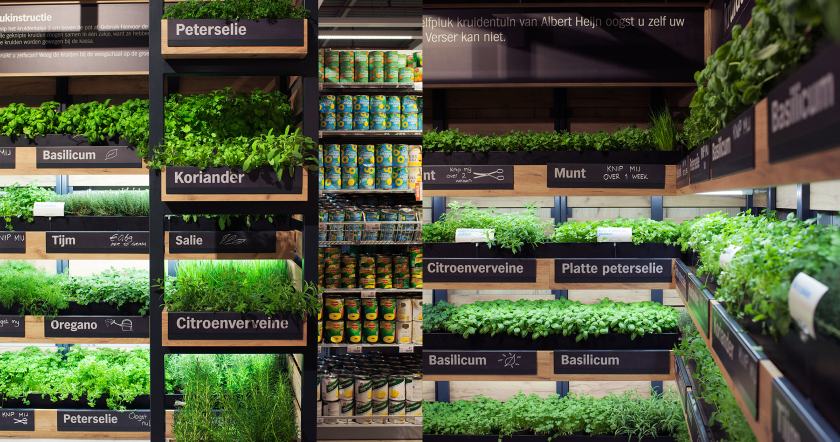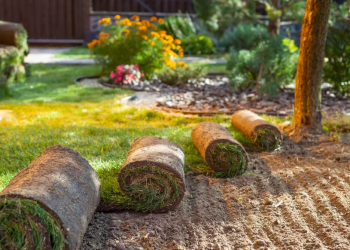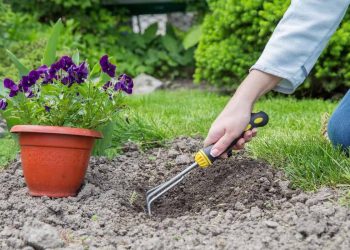When you think of a farm, the first image that might come to mind is a massive sprawling piece of rural real estate covered in all sorts of crops, and roaming animals like cows, goats, chickens, pigs, and more. But more recently, technological advancements have led to more and more farmers building lucrative micro-farm businesses of their own, or so says a recently published report.
Farms that occupy less than 180 acres and that netting around $50,000 or less are sprouting up all over the country as they are now seen as profitable opportunities in both the country and in the suburbs (vertical farming is taking off in the cities, but that’s for another story). While small farms still require the daily chores of big farms like feeding the livestock, watering the crops, and by all means don’t forget to cover your feed against the elements, they can be run more economically and efficiently than larger farms.
Small farming entrepreneurs are said to be more focused on their product. They might consider setting up a microgreen farm, a bee farm, or even garden atop the roof of a commercial building. But operations located in rural setting are still the ideal for the micro-farmer. It’s just right for raising crops and livestock, not to mention hunting. As always however, the success of a farm, big and small, often depends on one important thing: Mother Nature.
But that said, here are some micro-farm ideas that can help you grow some serious cash.
Tree Nursery Micro-Farm
When done the right away, a small tree nursery can give you a great return on investment (ROI). Many small farmers begin with about 10 to 20 seedlings that are planted on a small, one acre parcel. Say the experts, with a good marketing plan, the trees can actually be sold prior to their maturity.
Seedlings can be purchased at the local Lowes or Home Depot for as little as $20 apiece. But you’ll want to educate yourself on how to organically raise the seedlings prior to digging your first hole in the ground.
Also, fruit trees can be generated by grafting or joining parts of two or three seedlings together, which increases the chances of growing a healthy variety trees as opposed to using seeds which can die while still in the ground. But you need to learn how to do it right.
Fish Micro-Farming
If you have extra land at your disposal, you can start a small or micro fish farm. You don’t even need a big body of water to start one. You can start your farm by digging a pond or simply purchasing a few fish tanks.
Said to be a highly scalable enterprise, once you have the know-how to raise fish, you can decide for yourself which varieties you’d like to propagate. Popular choices are catfish, tilapia, cod, and others since they taste so good. You can also sell these directly to local supermarkets and even restaurants.
Other fish varieties include eel, carp, trout, salmon, and tuna. All of these are just right for sushi restaurants. But the fish you choose to raise will come down not only to your skill level, but market demand and even “agro-climatic condition,” which refers to how much rainfall you get on an annual basis, what your soil conditions are like, plus the average temperature.
Dairy Micro-Farming
Big animals like cows don’t necessarily need a whole lot of space to be productive. The U.S. Department of Agriculture claims that “factory farms” produce almost 80 percent of America’s milk needs. But with the decline in the number of dairy farms nationwide, new opportunities for dairy micro-farming are arising.
So then, what constitutes a dairy micro-farm? A farm with 100 cows or less. Take note, 100 cows is still a rather hefty investment. You must also be licensed to operate as a dairy farmer, big or small. You will also need to be educated on improving milk volume to be competitive.
Dual Crop Micro-Farming
Also known at multiple crop micro-farming, dual crop micro-farming involves intercropping or mixed cropping. Mixed cropping occurs when you raise two or more varieties of crops in the same general vicinity. Technically speaking, dual cropping occurs when you raise a variety of crops within a relatively small area.
Dual crop micro-farming is said to be particularly popular since it enhances equipment use, isn’t hard on the soil, minimizes the need for farming supplies, and ensures the farm can be productive for the entire year since it reduces the risk of pest and diseases. Growing strawberries and watermelon on the same small patch of Florida land is said to be a good example of dual crop micro-farming.








